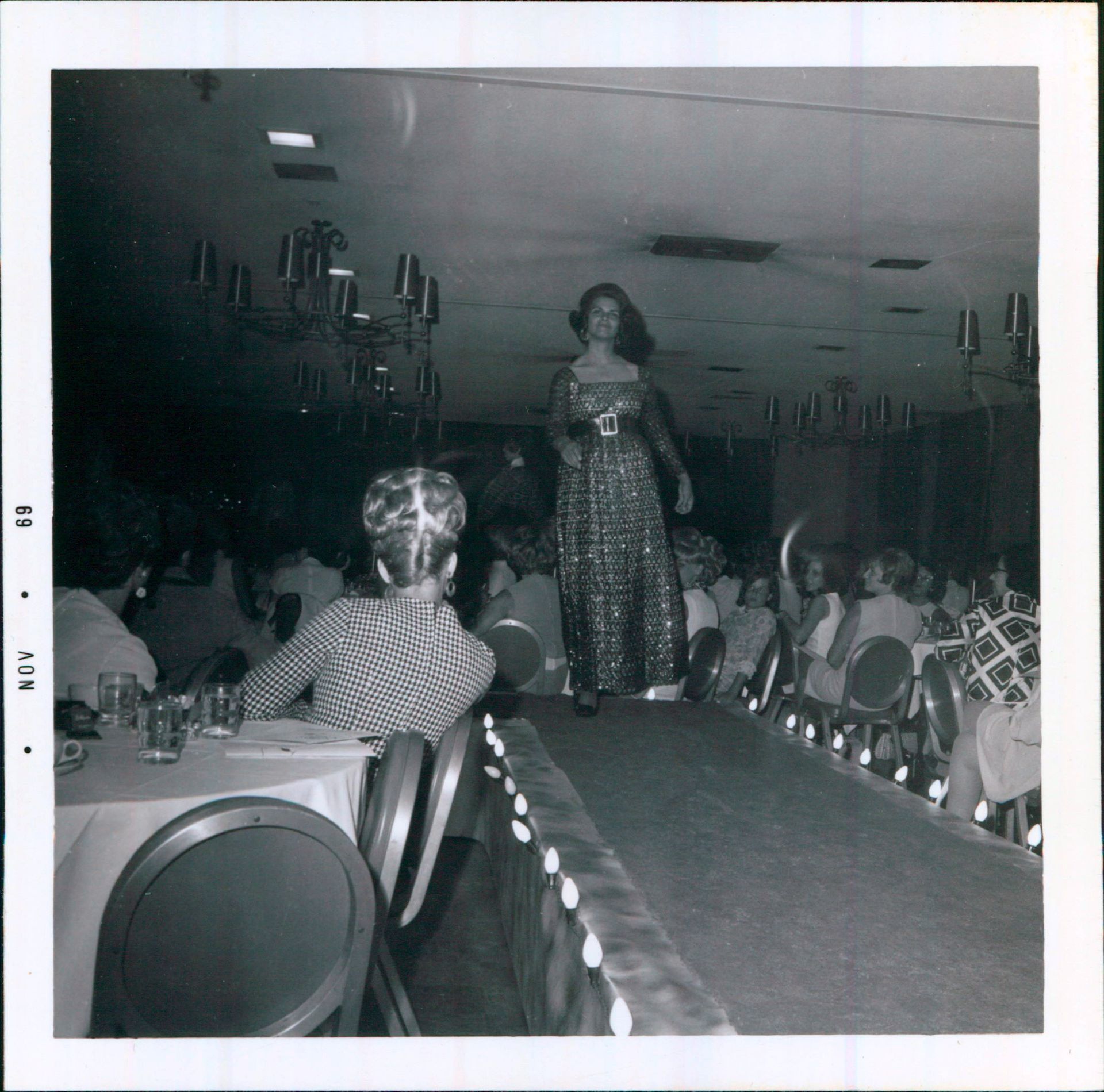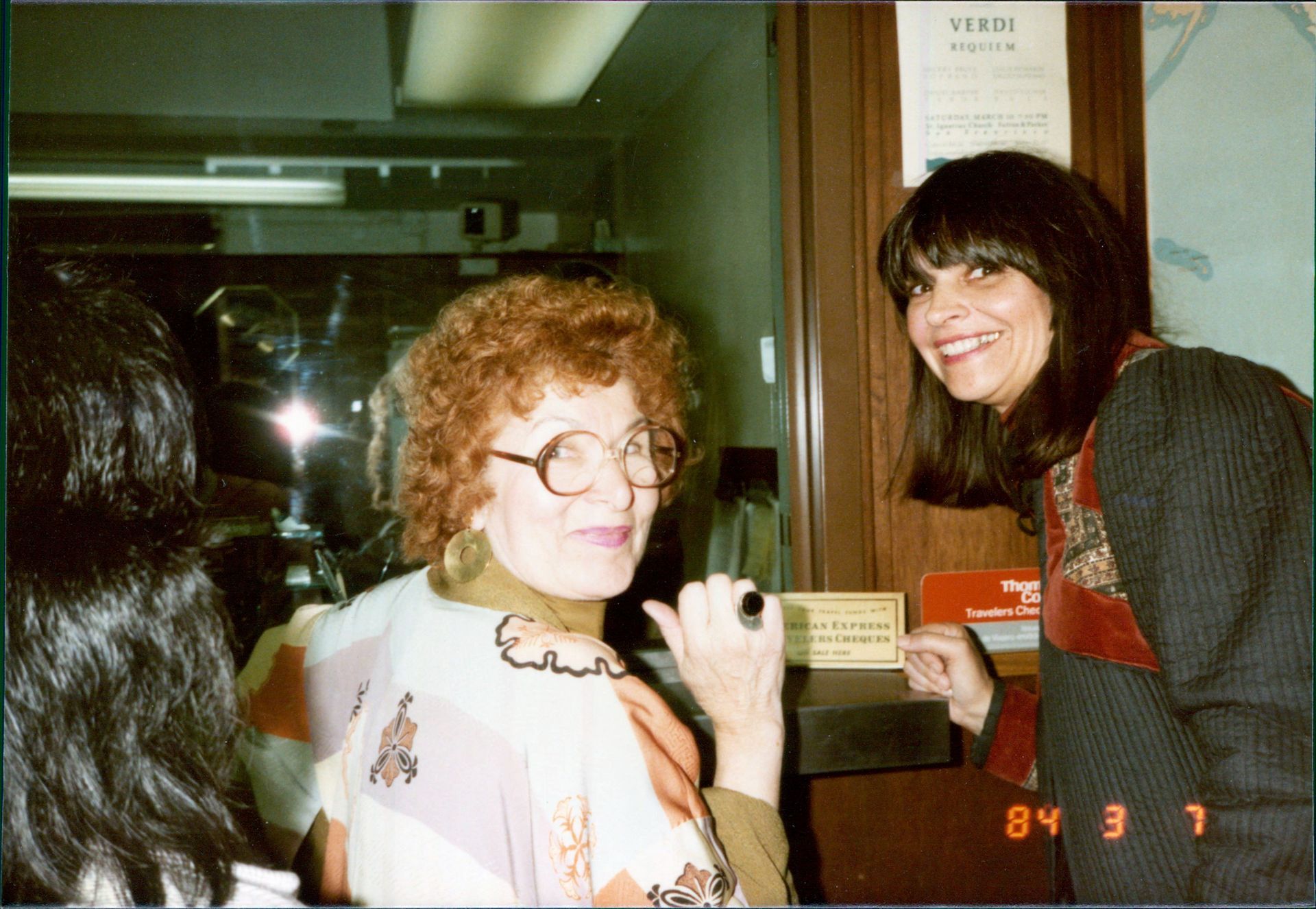
Designing Success:
A Legacy of Creativity Honoring Marlene Heinz
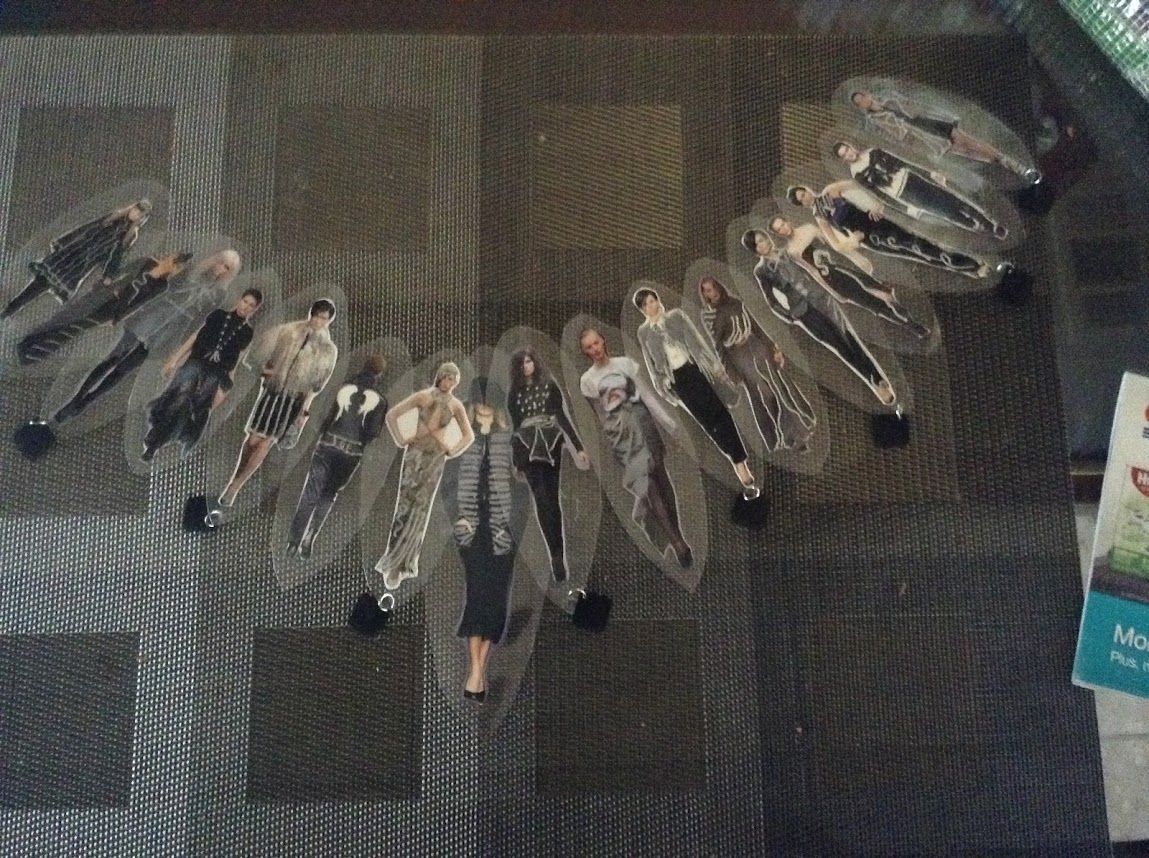
The life and designs of Marlene Heinz
www.ImpressionsReDesign.com
Marlene Ann Jacobson Heinz had a gift for seeing beauty in materials that others might pass by. Fabric, glass, metal, beads, and buttons — in her hands, each became part of something extraordinary. Her designs carried a unique blend of sophistication and playfulness, rooted in her love of sewing and her lifelong curiosity for textiles and adornment.
What began as sewing classes in her youth blossomed into a lifetime of artistry. As a young mother in Davis, California, Marlene stitched her own clothing, each garment reflecting both her practical skill and her keen eye for detail. Over time, she expanded her craft, exploring fabric manipulation, stamping, dyeing, and layering techniques that gave her creations dimension and originality.
Jewelry became another avenue for her creativity. Whether fusing glass into striking pendants, stringing beads gathered from her travels, or transforming her cherished button collection into necklaces and bracelets, Marlene approached each design with joy. She believed that materials held stories, and by bringing them together in new ways, she could create pieces that were not only beautiful but meaningful.
Her work was never about following trends. Instead, it was about honoring the elegance of simple forms, enhancing them with her imagination, and celebrating the artistry found in everyday life. Marlene’s designs continue to inspire, reminding us that creativity is as much about how we see the world as what we make with our hands.
Marlene Ann (Jacobsen) Heinz
Early spark
A native Californian, Marlene Ann Jacobson Heinz grew up with an intuitive feel for cloth, color, and form. High-school sewing classes lit the fuse; by the time she was a young mother living in Davis, California, she was already creating her own clothing. From then on, sewing was not simply a skill but a lifelong passion.
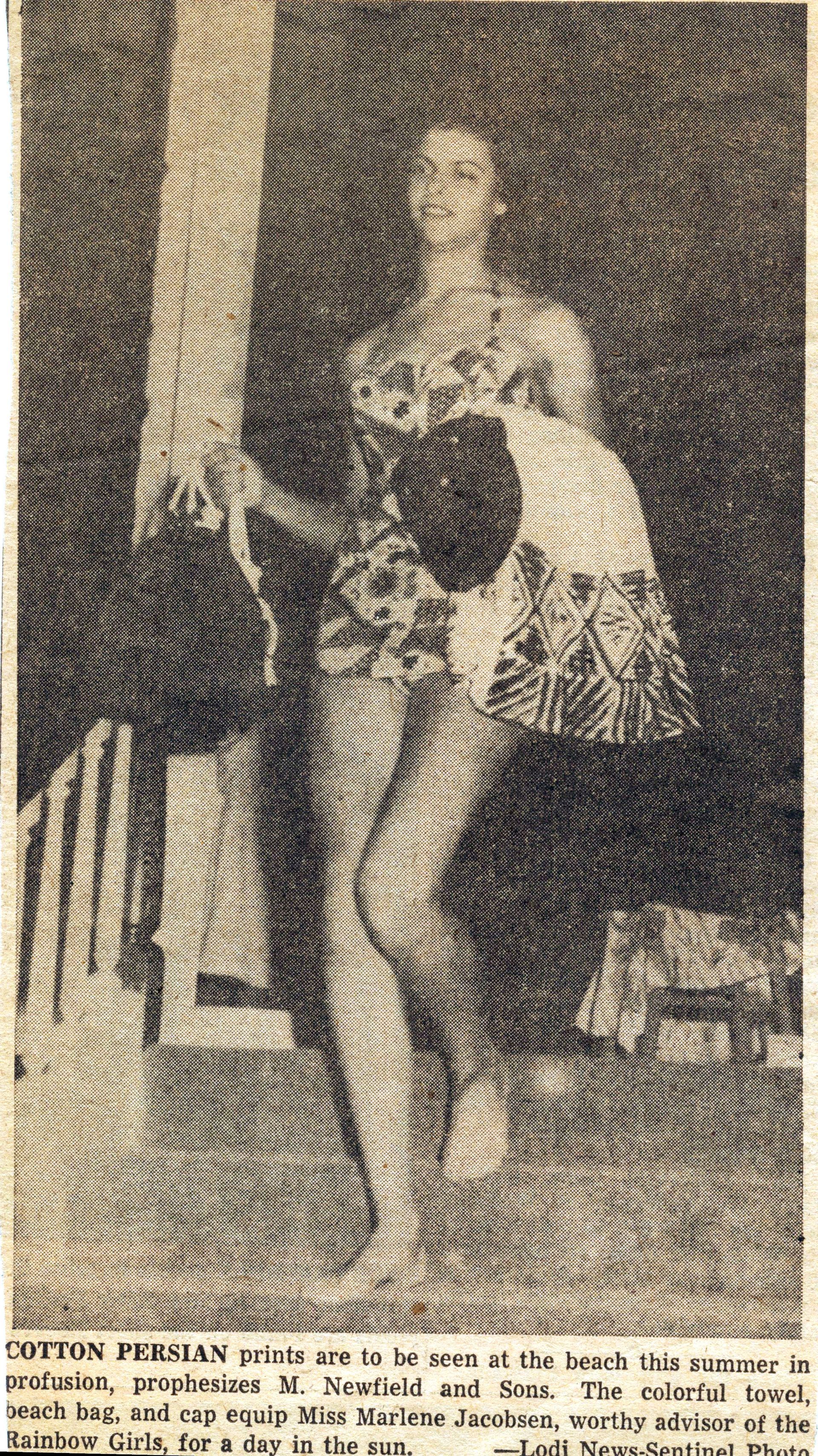
In 1958, Marlene married Duane Heinz. Together they raised two children—Jon and Jonelle—while she continued to nurture her creativity through sewing and the arts. Marlene made this lovely dress complete with fabric belt
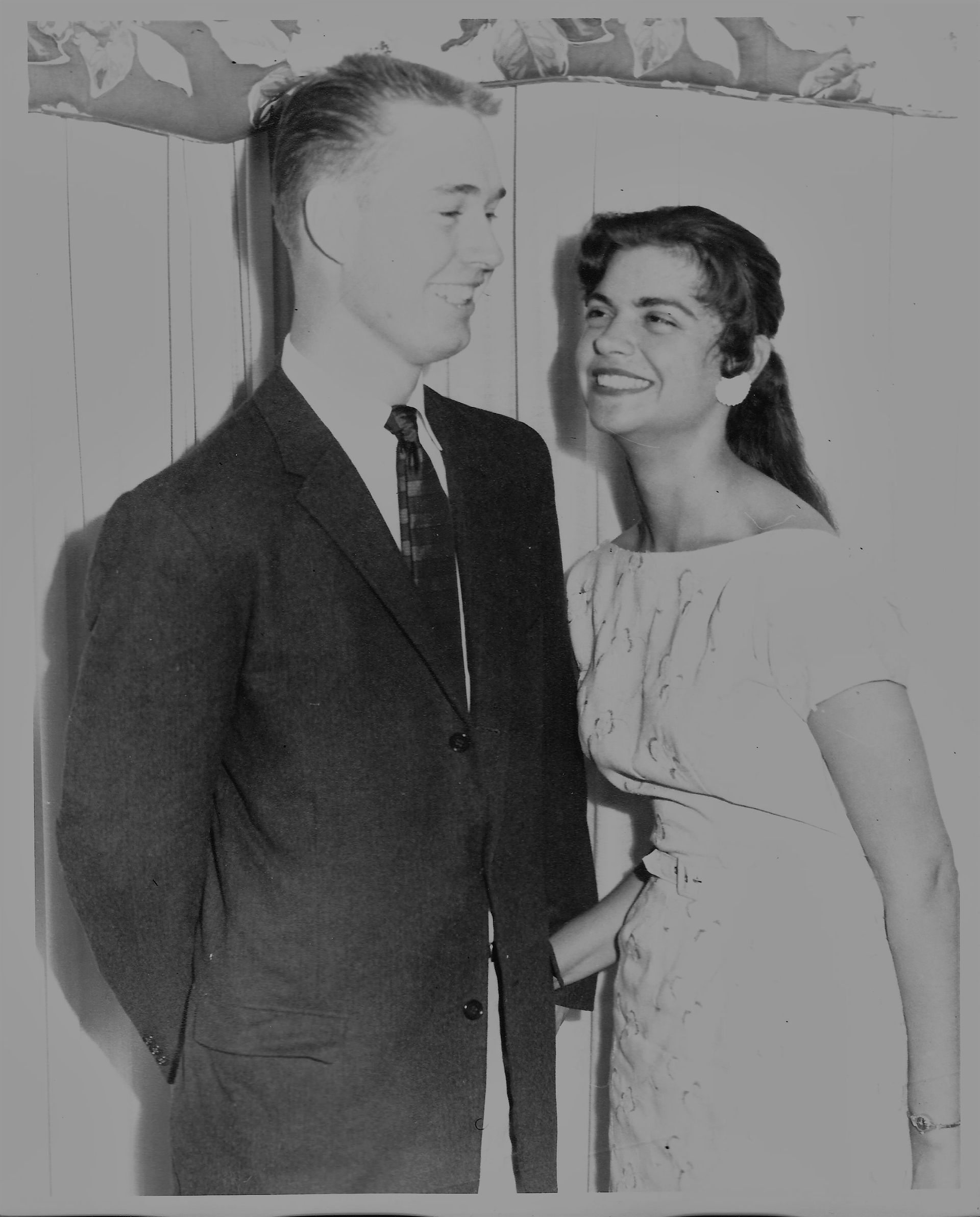
Sewing first, always
Sewing remained Marlene’s first love. She became an exceptional seamstress who collected patterns and refined them, manipulated fabric (pleating, gathering, couching), and explored stamping, dyeing—including top-dyeing—and hand/machine stitching. Her garments balanced clean, elegant lines with richly layered surfaces and textures.
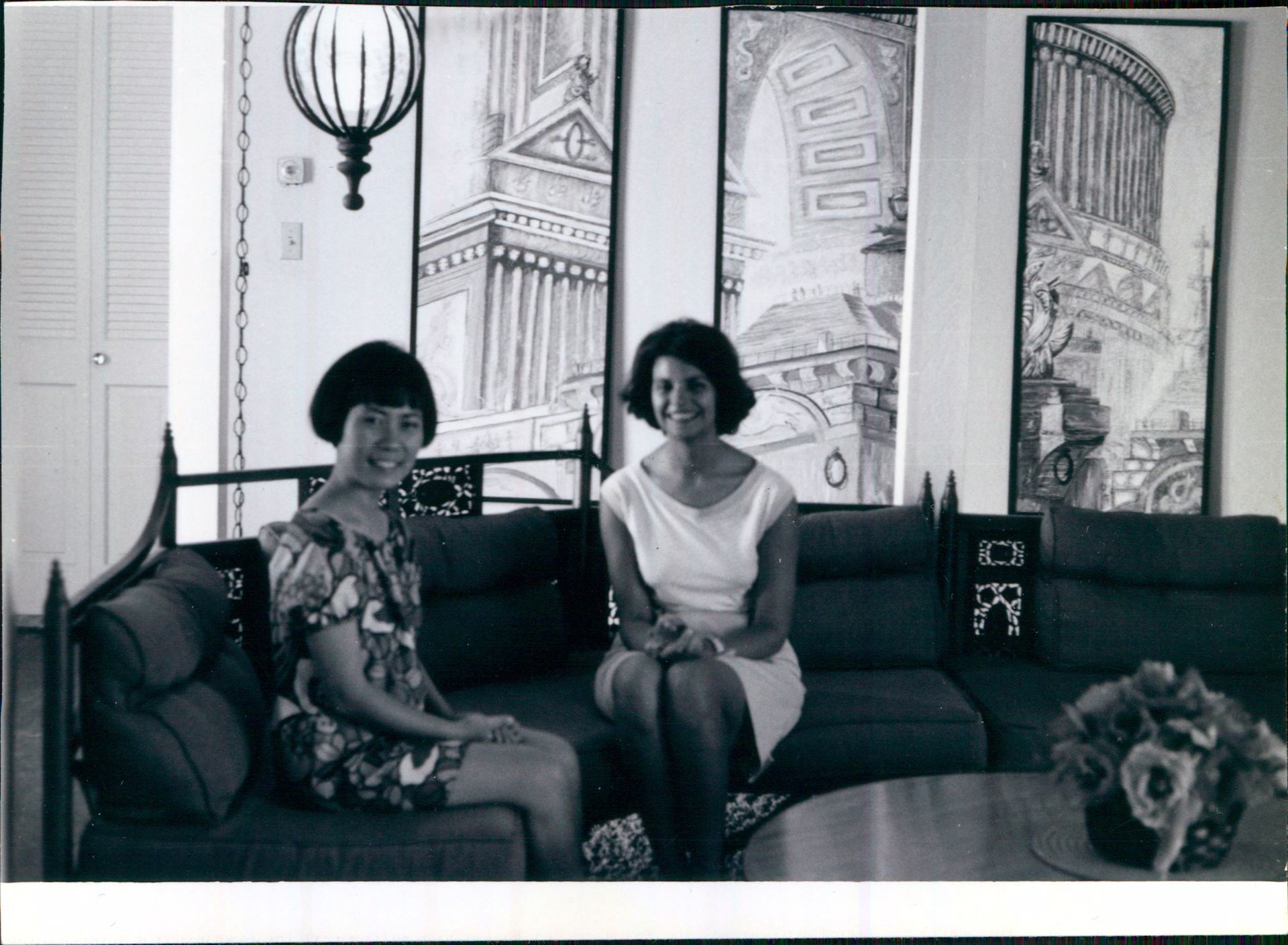
From the very beginning, Marlene showed remarkable skill with needle and thread. As a young woman, she not only sewed her own clothing but she later learned to hand-tailored each garment to fit her tall 5'10' slim form. Long before ready-to-wear dominated closets, Marlene drafted her own patterns, carefully measuring, cutting, and shaping fabric so that her clothes reflected her personality.
Her pattern drafting skills became one of her greatest strengths. She could take inspiration from a photograph, a designer she admired, or even a sketch in a magazine, and translate it into a wearable garment that looked as though it had come from a couture atelier. Each piece she created carried her hallmark: thoughtful lines, impeccable construction, and a touch of individuality that made it unmistakably hers. This foundation in tailoring not only gave Marlene confidence in her craft but also laid the groundwork for the many other artistic avenues she would later explore.
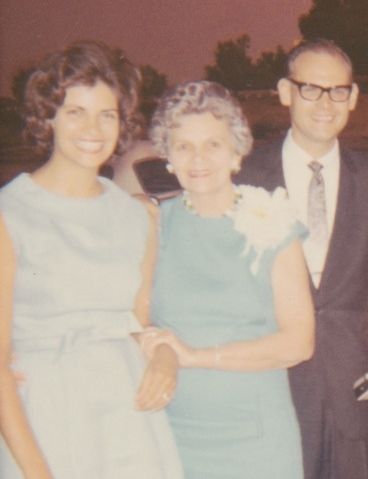
Discovering Issey Miyake
In the early 1980s, Marlene discovered Issey Miyake. She clipped articles and photos, thrilled when Vogue began publishing his patterns. Although she didn’t purchase every pattern at first, she later made it a mission to collect the full set.
Miyake’s aesthetic—that when the material is special, the design can be simpler—became central to her own creative voice. She often said, “When a garment is finished, I design and make the jewelry to complement the outfit.” For Marlene, clothing and adornment were inseparable.
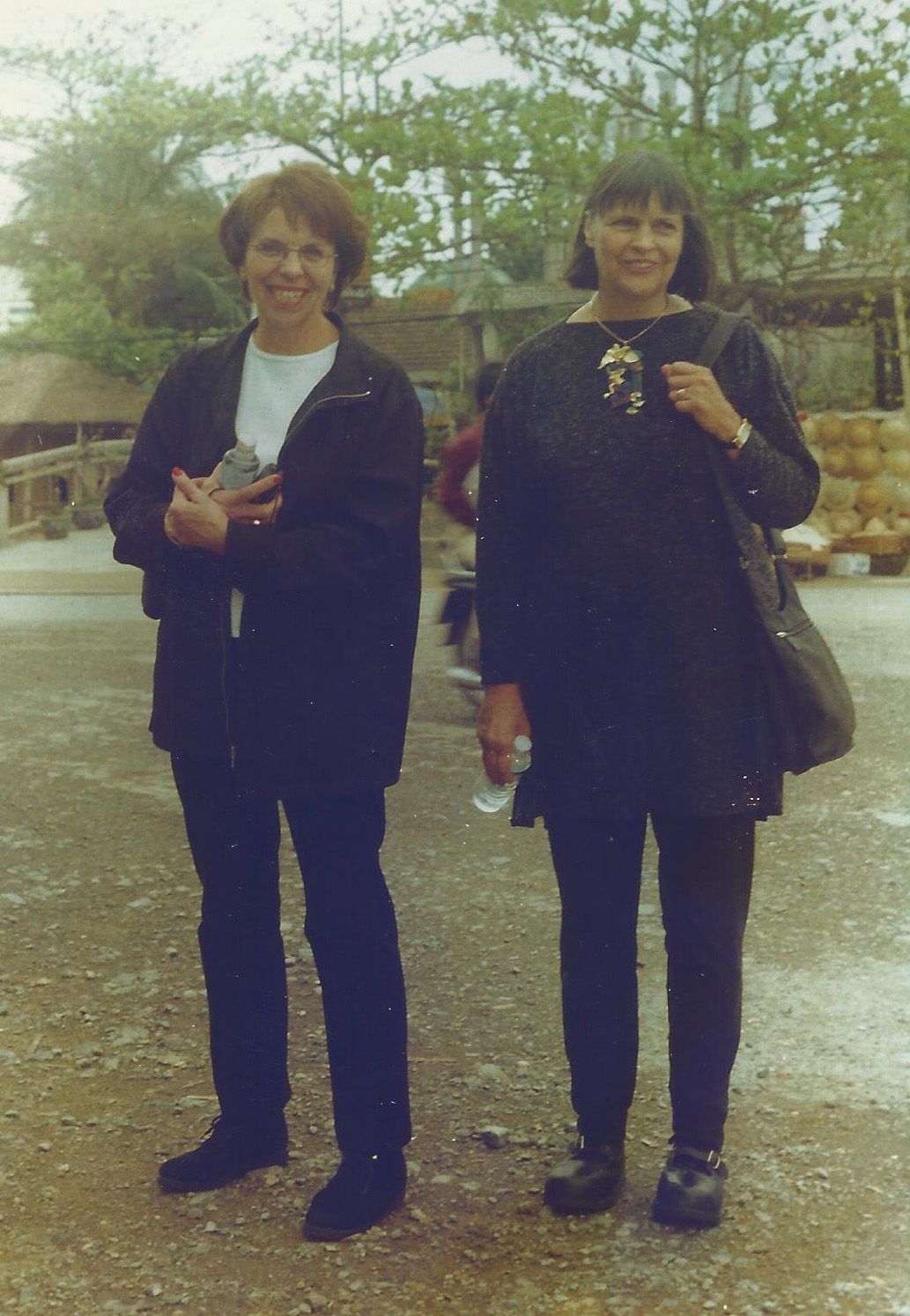
One of Marlene’s lifelong treasures was her button collection. She began saving them as a young woman, drawn to the variety of shapes, colors, and textures, and over the years her collection grew to include thousands. Her travels added to the assortment — she picked up buttons made of glass, wood, shell, and metal from around the world. Each one held a story, whether from a flea market in Europe, a fabric shop near home, or a gift from a friend who knew of her passion.
Marlene didn’t just collect buttons — she turned them into art. She delighted in arranging them into necklaces and bracelets, giving new life to these small objects that others might overlook. Her button jewelry was playful and imaginative, yet elegant, a reflection of her eye for design and her belief that beauty could be found in the simplest materials. To Marlene, a button was never just a button; it was a spark of inspiration waiting to be transformed into something meaningful.
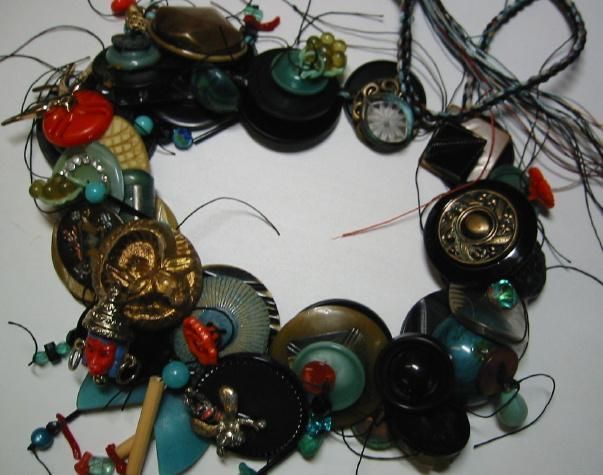
Traveling the world, gathering the rare
Marlene traveled extensively and purposefully. Markets, studios, and small shops around the globe fed her imagination as she gathered ethnic and art textiles, beads, buttons, and metals—always with an eye for the unusual. Many trips inspired complete ensembles: a garment shaped by a distinctive fabric, finished with jewelry designed specifically to harmonize with it. She loved the Asian Countries best. She and her sister Nancy traveled to Asia to look for treasures more than 20 times!
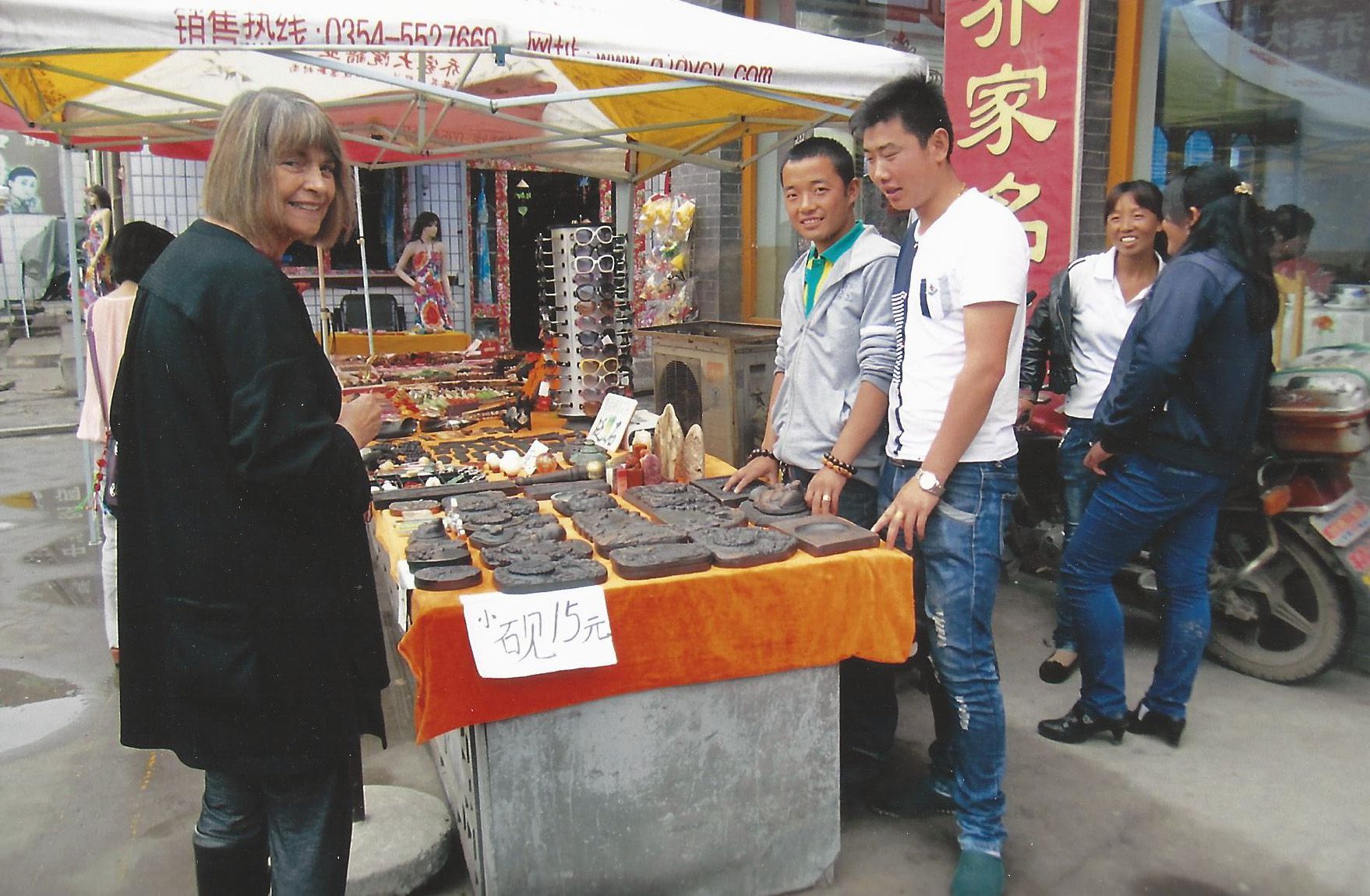
A student of designers & a community member
Beyond the studio, Marlene read widely—books on fashion, textiles, and designers filled her shelves. She loved the idea that a design truly comes alive when it’s worn, and she delighted in interpreting celebrated patterns through her own materials and methods.
Later in life, Marlene also joined and contributed to two vibrant communities: the Haute Couture Club of Stockton and PenWAG (Peninsula Wearable Arts Guild) in the Bay Area. There, she met friends who shared her passion for sewing, textiles, and wearable art—forming lasting friendships built around creativity.
She also embraced the digital age, joining an online Issey Miyake group to share insights, learn, and cheer on other makers.
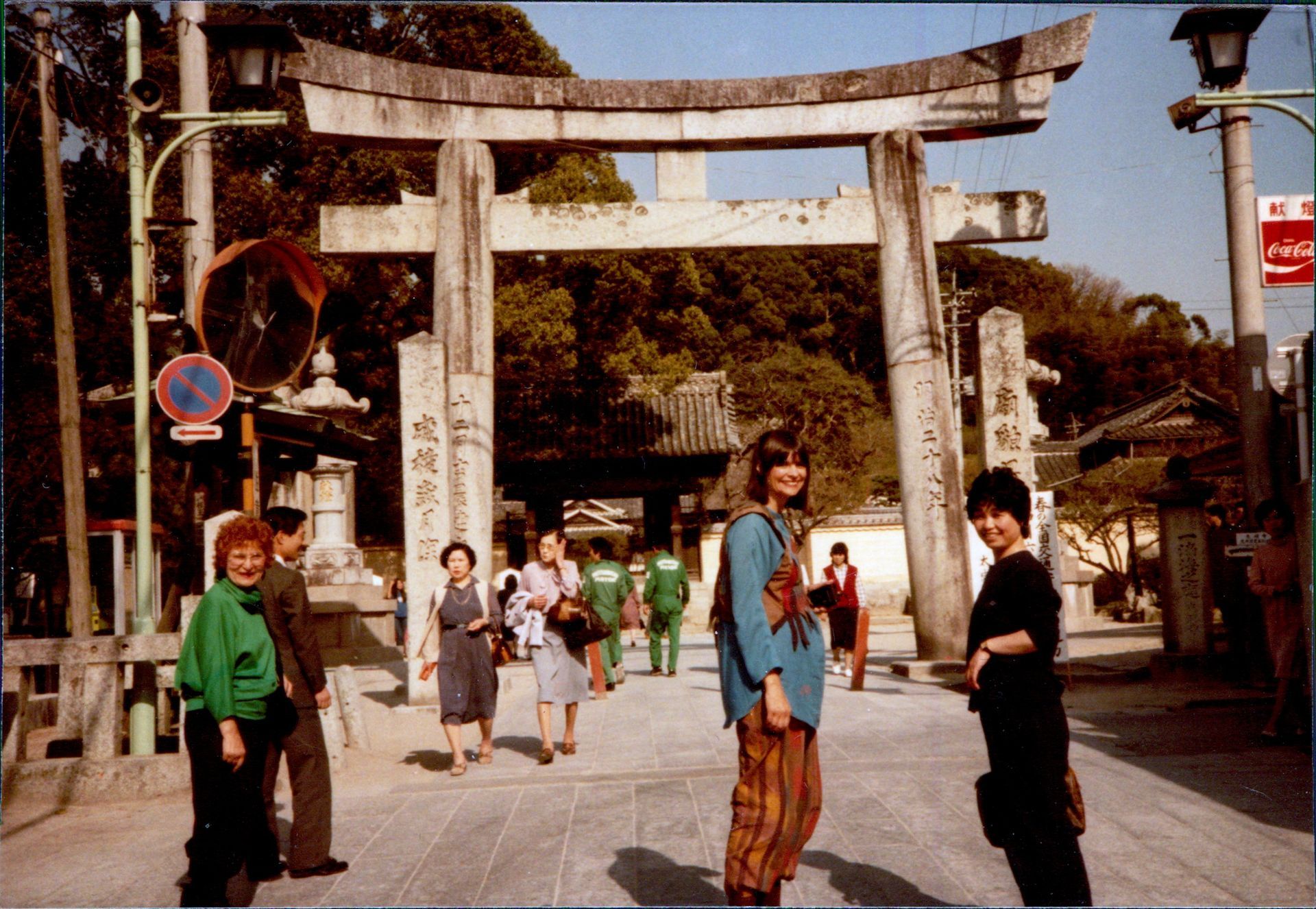
From fiber to adornment
While fiber was her foundation, Marlene was also a prolific jewelry artist—working in fused glass and mixed media, and incorporating her collected beads, buttons, and metal elements. Her pieces weren’t accessories after the fact; they were conceived alongside the clothing, so outfit and adornment belonged to one another. Here is Marlene and her daughter, Jonelle Tannahill, making her wonderful silk leaf necklaces in her large home studio.
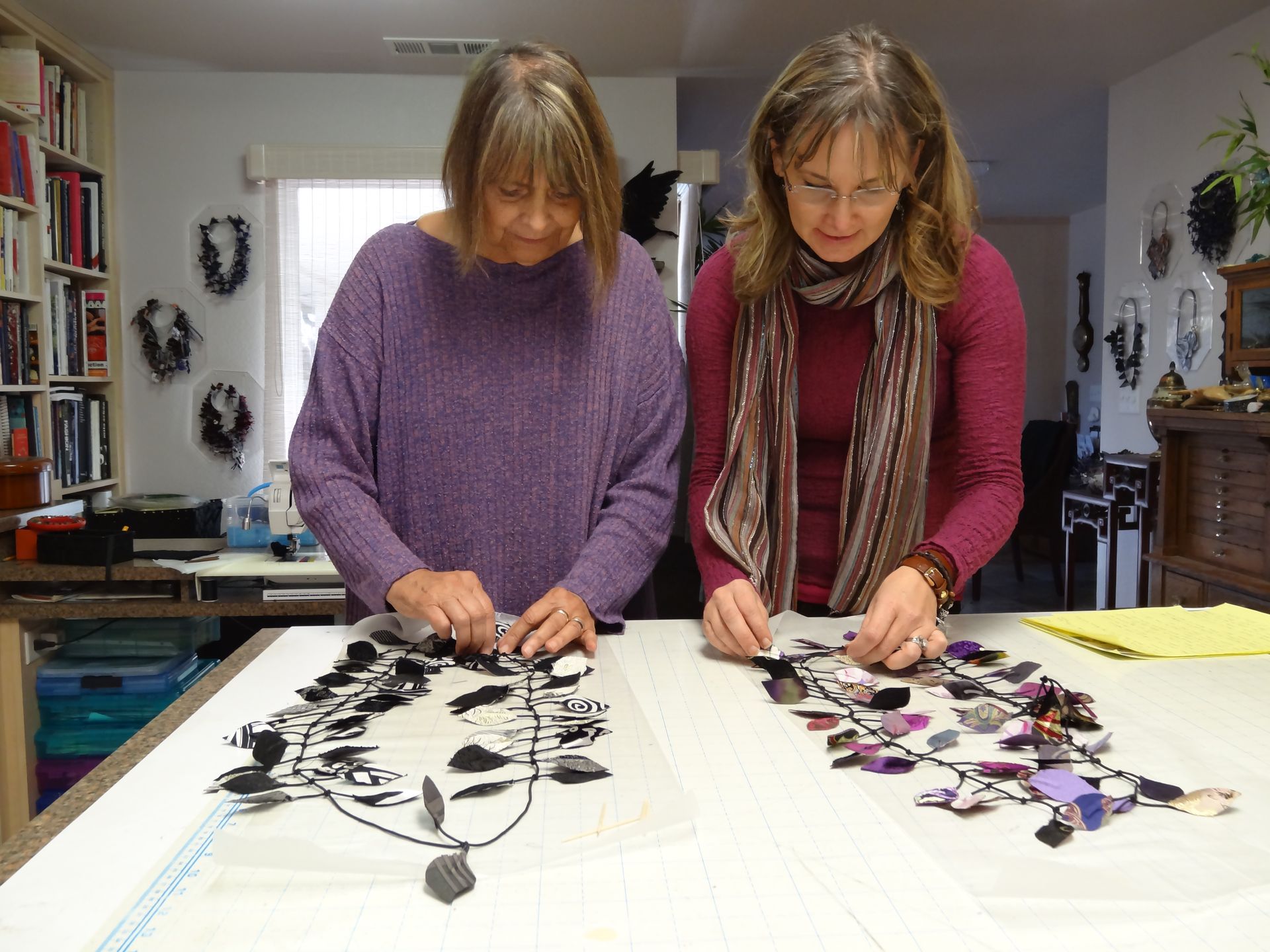
Marlene’s creativity extended far beyond clothing. She delighted in making treasures for the home, many of them tied to her travels and family traditions. Each Christmas, she added handmade felted ornaments to the tree — playful elves, jolly Santas, and a complete nativity scene she stitched with care. These pieces became cherished heirlooms, each one reflecting her love of both craft and celebration.
She also turned her eye toward home décor, fashioning pillows from fabrics she gathered on trips around the world and even designing bedding that carried her signature sense of texture and color. For Marlene, every project was an opportunity to blend utility with artistry, infusing everyday spaces with beauty and warmth. Her work made her home — and the homes of those she gifted — places filled with creativity, joy, and personal meaning.
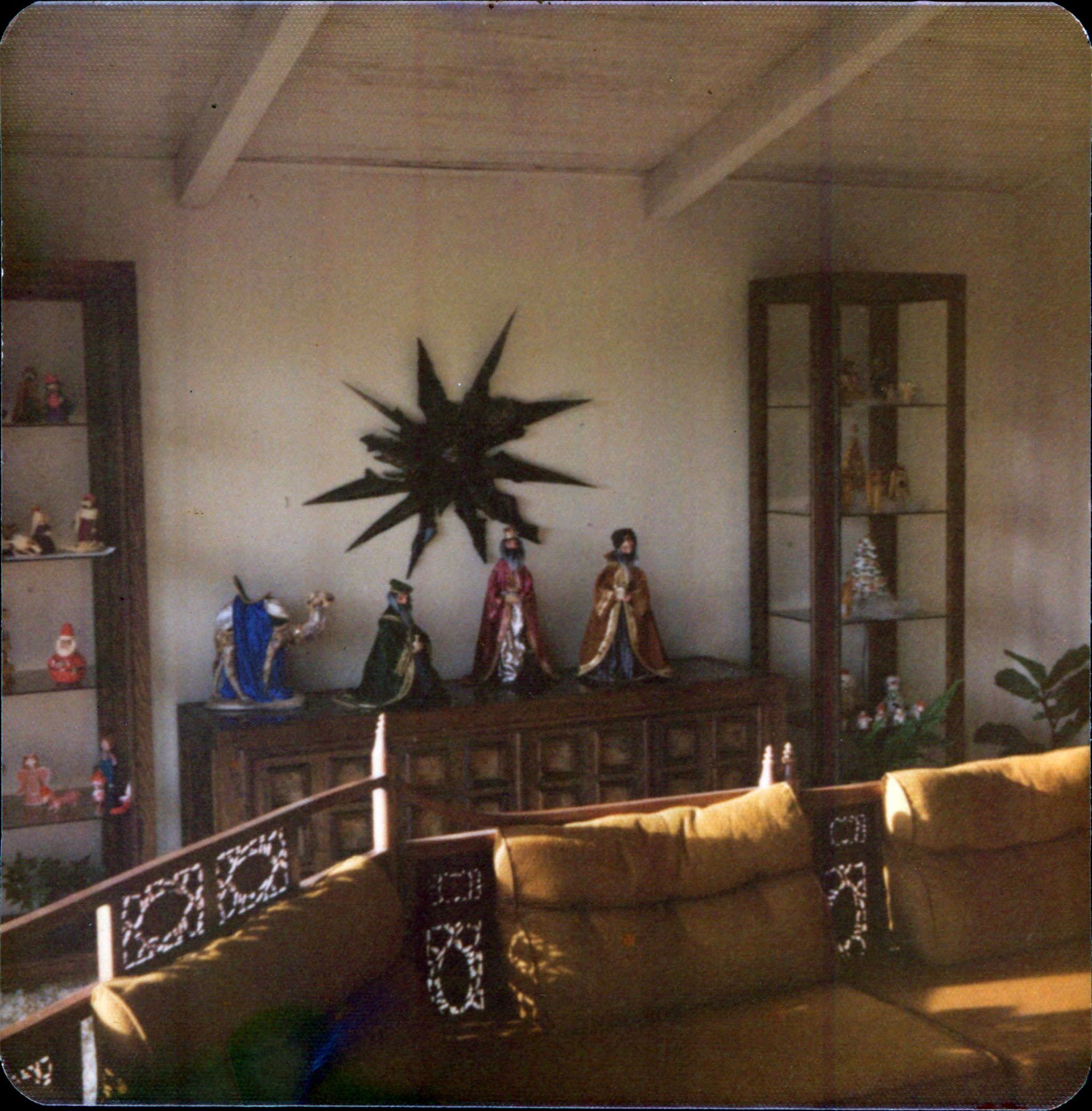
Marlene loved decorating with her unusual finds and jewelry she made. Here is a series of feather necklaces made from silk ties and layered and extra long so they could be worn three ways. As a lei, it doubled as seen hear as a neck piece and triple wrapped as a choker or collar.
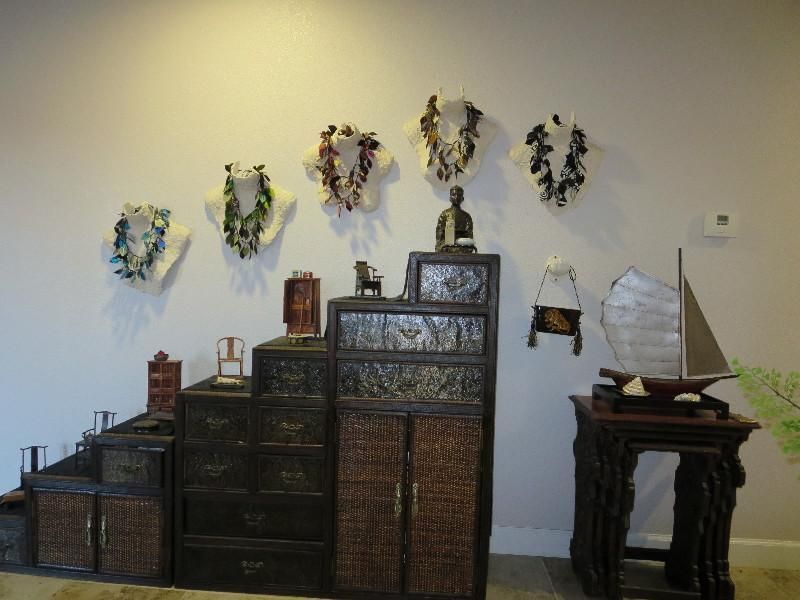
Legacy
Marlene’s legacy lives in the garments she cut and stitched, the jewelry she forged to complete them, and the libraries of textiles, beads, buttons, and patterns she curated with such care. Most of all, it lives in the people she inspired—to notice fabric, to honor materials, and to let simplicity frame what is unique.
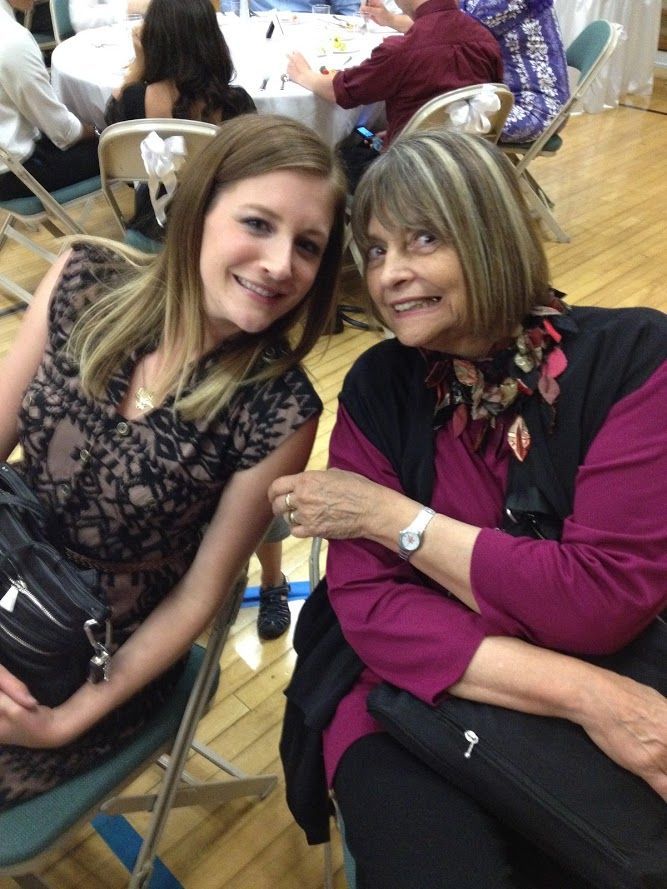
Recognized work — Threads Magazine
Marlene’s ingenuity was featured in Threads Magazine, Issue 181, pages 28–31, highlighting her “Falling Leaves Necklace,” created from silk tie fabrics and other scraps. She fused and layered textiles (silk, velvet, cotton, tulle), cut leaf forms, and assembled them into a sculptural, wearable composition—an elegant example of how she transformed humble remnants into art.
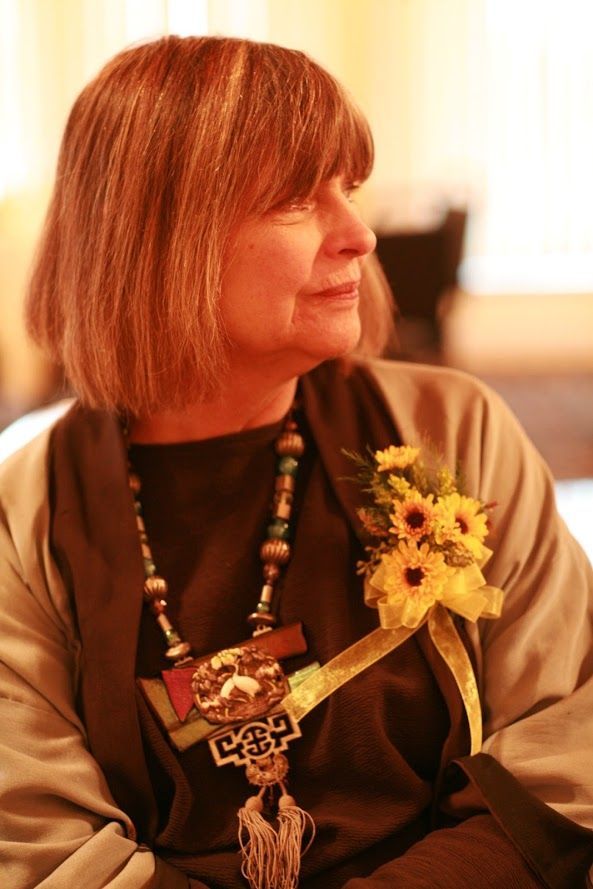
Marlene Ann Jacobson Heinz was born on [birth date] and passed away on [death date]. Though her hands are no longer sewing or stringing beads, her spirit lives on in every garment she created, every necklace that catches the light, and in the countless ways she encouraged us to notice beauty in the everyday.
Her artistry and curiosity remain woven into the fabric of our own lives—each time we admire a unique fabric, share a family story, or create something with care, we feel her presence. Marlene’s legacy is not only the art she made, but the inspiration she left in us: to look closely, to make thoughtfully, and to live creatively.


